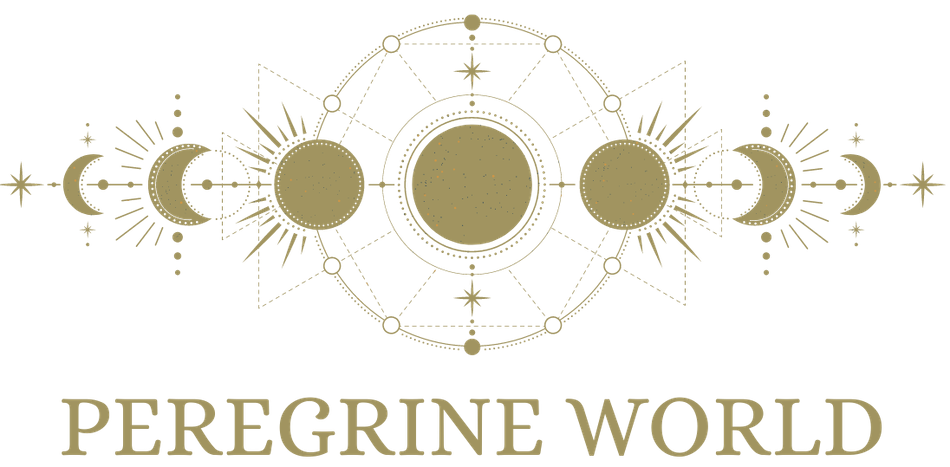Analyzing the following factors can provide a comprehensive
understanding of the potential effects of a solar eclipse on a global scale.
1. Sign and Degrees: The sign and degree of the solar eclipse indicate the energy
and themes associated with it. For example, if the solar eclipse falls in Leo at 10
degrees, the focus might be on self-expression, creativity, and leadership.
2. Countries Where Visible: The visibility of a solar eclipse depends on its path of
totality. This path can cross multiple countries or regions. For instance, a solar
eclipse visible in South America might pass through countries like Chile,
Argentina, and Uruguay.
3. Countries Ruled by the Sign: The countries ruled by the sign in which the
eclipse falls might feel the effects more strongly or have significant developments
related to the eclipse themes. For example, if the eclipse falls in Leo, countries
like Italy, Romania, and Madagascar (as Leo is traditionally ruled by the Sun)
might be influenced.
4. Duration of the Eclipse: The duration of a solar eclipse refers to how long the
Sun is obscured by the Moon during the event. This can vary depending on
factors like the alignment of the Earth, Moon, and Sun.
5. Aspects of the Eclipse: The aspects of the eclipse, including any conjunctions,
oppositions, squares, or trines to other planets, can provide additional insights
into the impact of the eclipse. For example, if the eclipse forms a tight
conjunction with Mars, there might be a focus on assertiveness, conflict, or
action-oriented events.
6. Witness Planets: These are the planets that have a direct aspect to the eclipse
degree. For instance, if Mars is at 10 degrees Leo and the eclipse is around 10
degrees (+3/or-3) Leo, Mars would be a witness planet. Watching these planets
over the next six months, especially when they form significant aspects with other
planets, can provide clues about unfolding events and themes related to the
eclipse.


